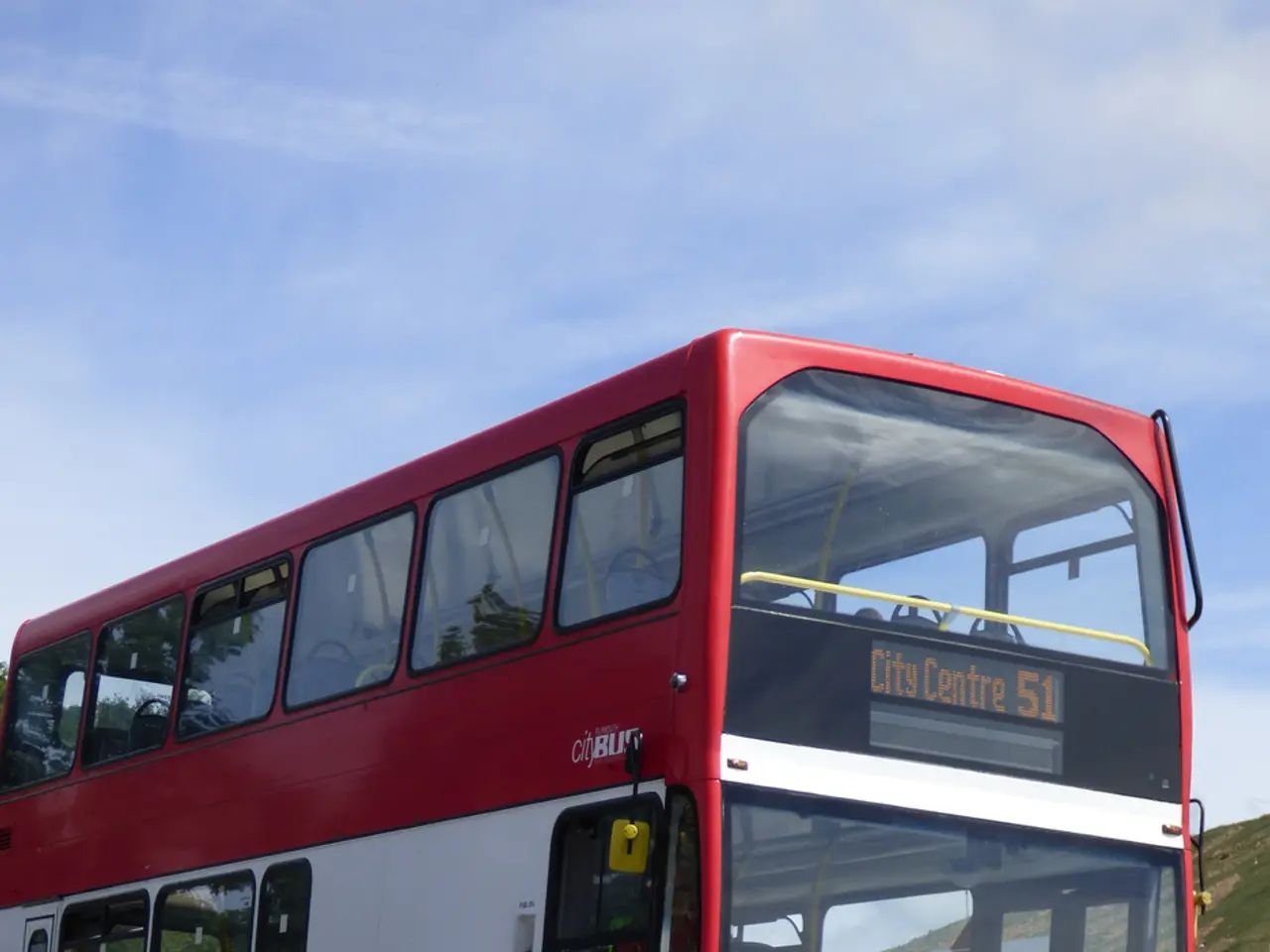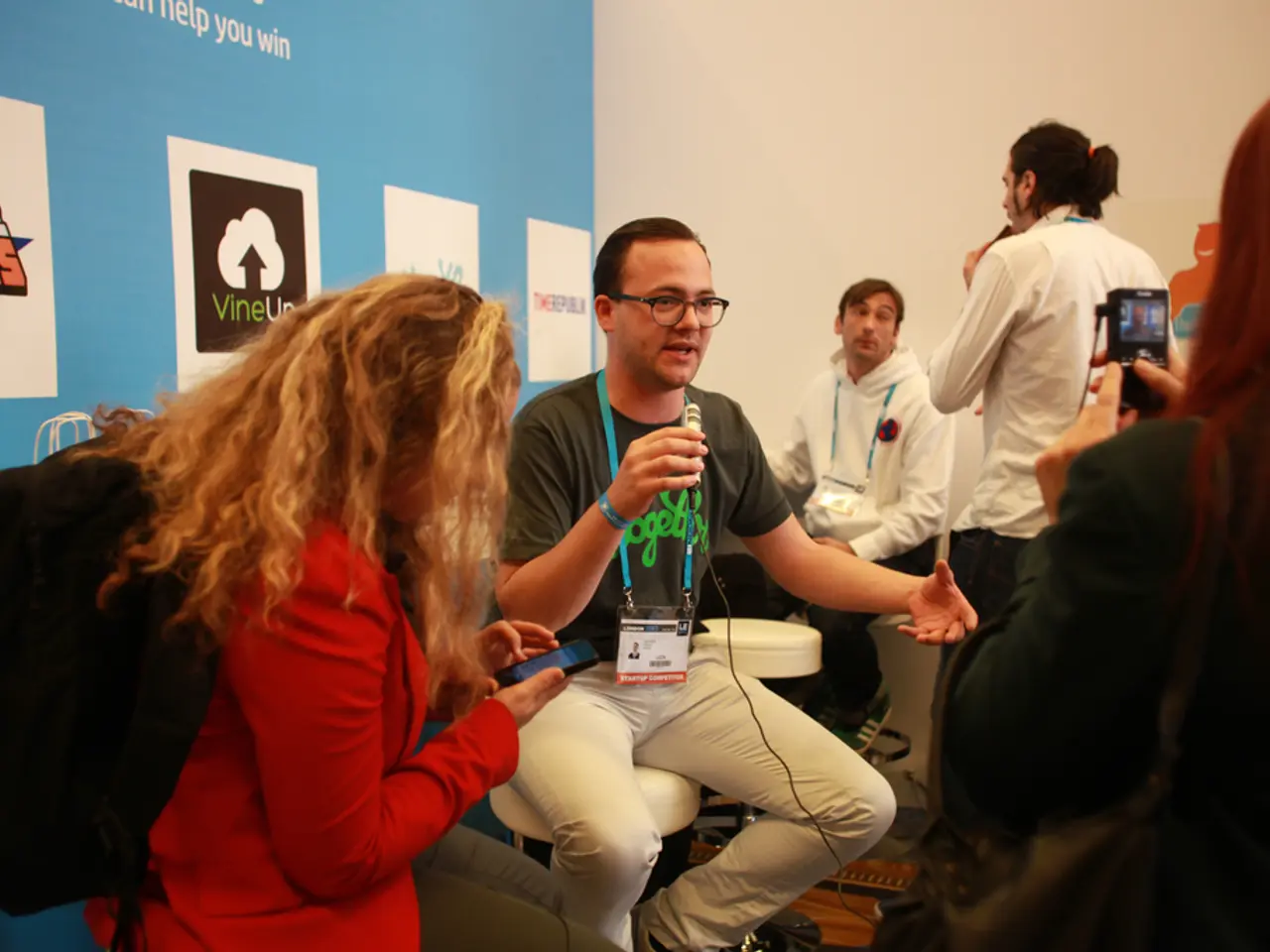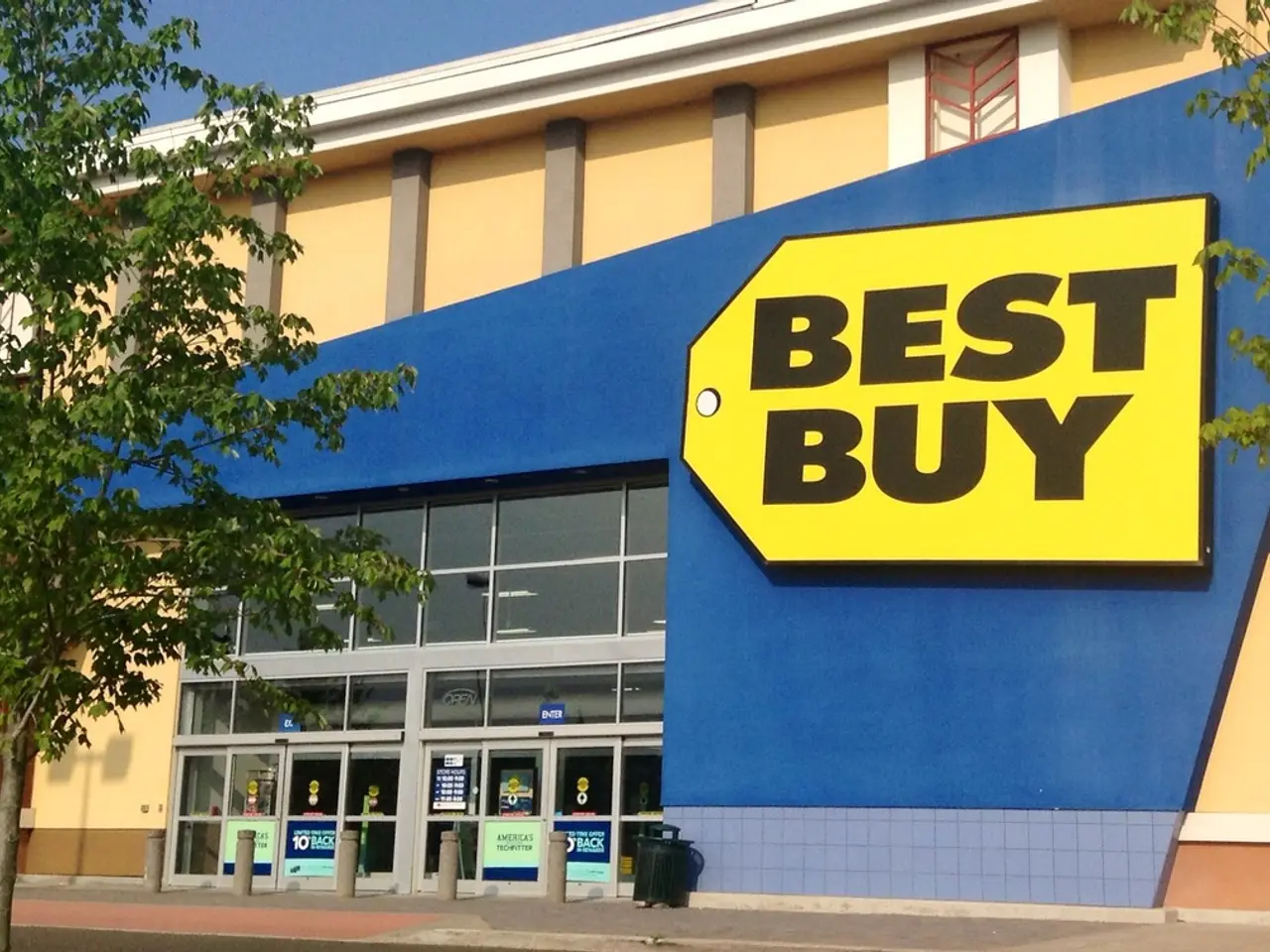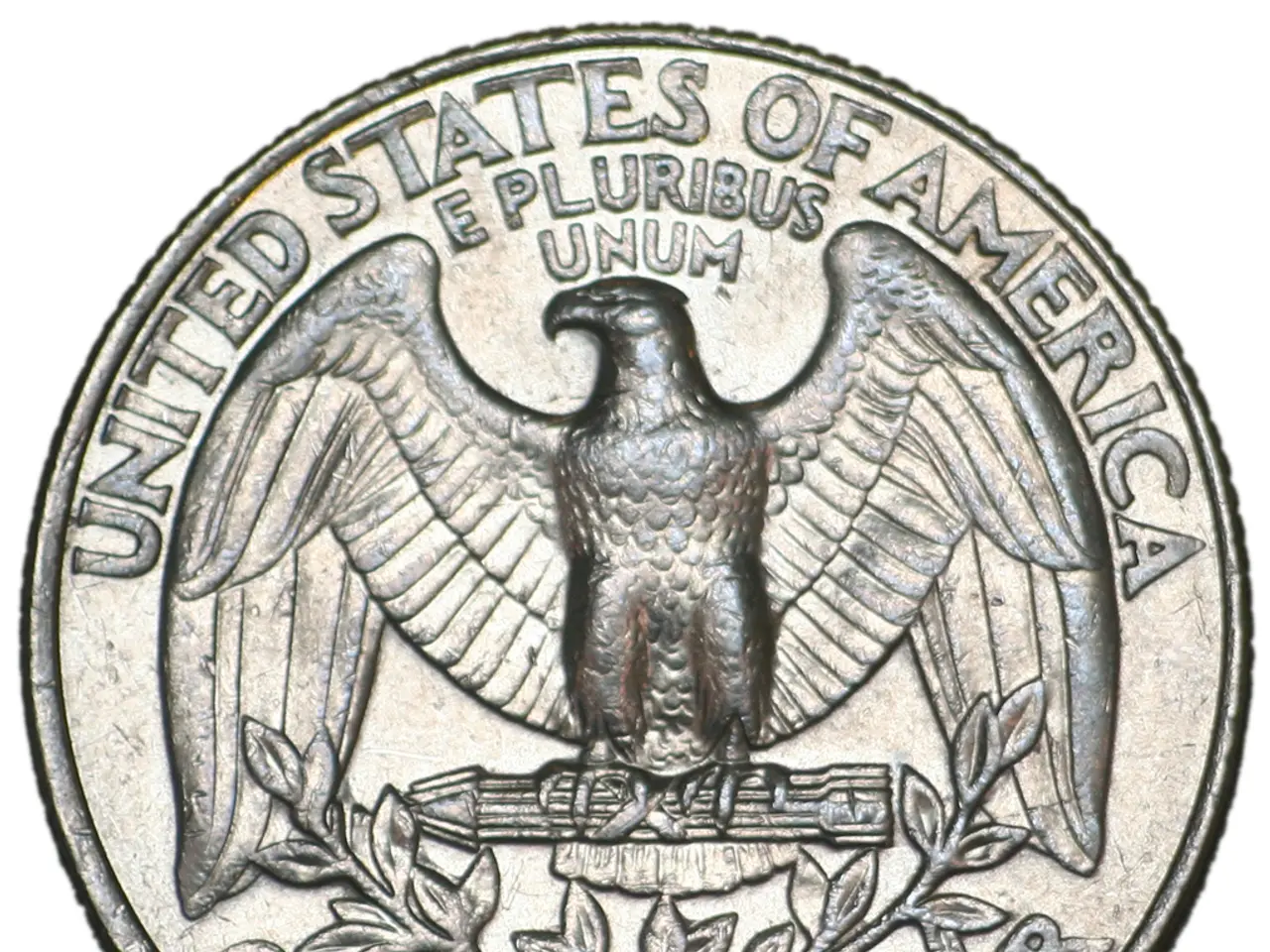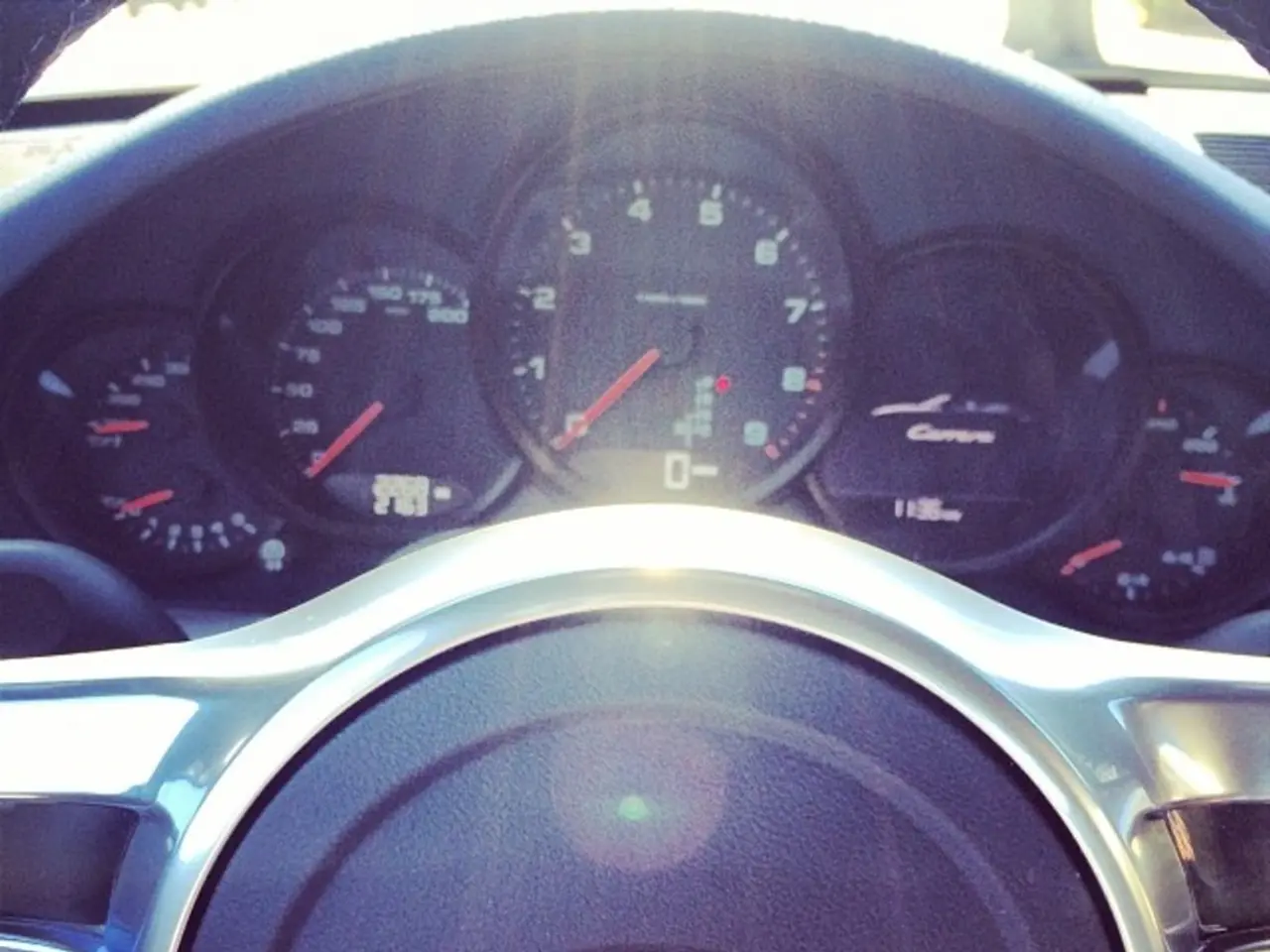Seattle's Interstate 5 closure advisory: Beat traffic congestion by utilizing public transportation, authorities recommend
In the heart of Seattle, the ongoing roadwork on the northbound Interstate 5 Ship Canal Bridge has caused significant traffic delays, according to public transit officials. However, commuters are adapting to the situation, finding alternative routes and embracing public transportation to avoid bumper-to-bumper traffic on I-5 during construction.
Alex Hudson, executive director of Commute Seattle, reports that the Commuter Hotline has taken a dozen calls over the first weekend of traffic and expects the volume to rise as closures continue throughout the summer. The Hotline can help commuters map their transit itineraries, pinpoint park-and-ride or vanpool options, plan safe bike routes, and recommend trip planning tools like OneBusAway, Google Maps, Metro Trip Planner, and more.
Officials suggest using public transit or biking to avoid the congestion on I-5. Tom Pearce, a WSDOT spokesperson, advises those still driving to pay attention to traffic conditions and updates on the department's website. To avoid traffic on northbound I-5 Ship Canal Bridge during the summer 2025 roadwork, the best alternatives include using parallel surface streets, other highway routes, and particularly public transit options such as King County Metro buses and Link light rail.
WSDOT recommends travelers use surface street detours around the Ship Canal Bridge rather than staying on congested I-5. Carpooling or using transit is also encouraged to minimize the number of vehicles on the road. The northbound express lanes, which run 24/7 during the construction period, can be a helpful alternative, but note that these are only northbound; southbound express lanes are limited and often congested.
King County Metro buses and Link light rail have been popular alternatives among commuters. Riders from north suburbs and Seattle neighborhoods report that transit is often faster and avoids gridlock on I-5. For example, many commuters switch to Link light rail, which serves downtown Seattle and Northgate, bypassing the bridge entirely.
Staying informed of real-time updates and detour signage from WSDOT and regional transit agencies is crucial to adjust routes as traffic patterns change. Commuters could receive up to $25 in free fare at flipyourtrip.org.
Commuters can plan out the most time-effective trip through Commute Seattle's new Commuter Hotline by calling 206-613-3132 Monday through Friday from 8 a.m. to 6 p.m. Park-and-rides have been filling up by 8:30 a.m., so it's advisable to consider bus-to-train transit for late morning or afternoon commutes.
Some commuters have shared positive experiences about using public transit. Zing Uttam, for instance, expressed surprise about how nice it is to take the train. Lizzy Canarie, a commuter from Seattle's Lake City neighborhood to Eastlake, experienced an hour-long drive on Monday, compared to the usual 15-20 minutes. However, Canarie plans to take the bus due to the expected long commute, hoping to use the time to read a book.
Seattle streets such as 23rd Avenue, Denny Way, and Fremont Avenue have also experienced noticeable slowdowns. Anthony Avery, who bikes through West Seattle, has not experienced any changes in his commute and has chosen to avoid car travel as a deliberate decision.
Tuesday morning's commute on southbound I-5 was still heavy but slightly better than Monday. Commuter traffic on the interstate has been somewhat manageable due to the use of public transportation, alternative driving routes, and delayed trips.
In summary, combining surface street detours with public transit options like the Link light rail and bus service is the most effective way to avoid severe northbound I-5 delays over the Ship Canal Bridge during the late July to mid-August 2025 preservation work.
The growing popularity of King County Metro buses and Link light rail among commuters is a testament to their utility as alternative transportation methods during roadwork on the northbound Interstate 5 Ship Canal Bridge. Commuters can consider using public transit options like these to bypass congestion on I-5 and reach their destinations more efficiently.
Those who choose to travel by car are advised to stay informed about traffic conditions and detours from WSDOT and regional transit agencies, as alternatives like parallel surface streets and express lanes may help mitigate delays caused by the roadwork.
